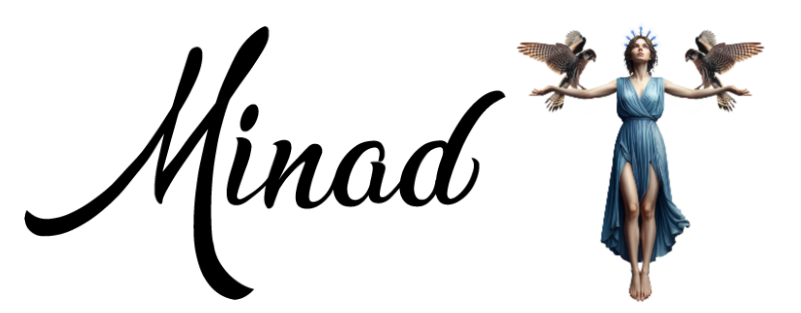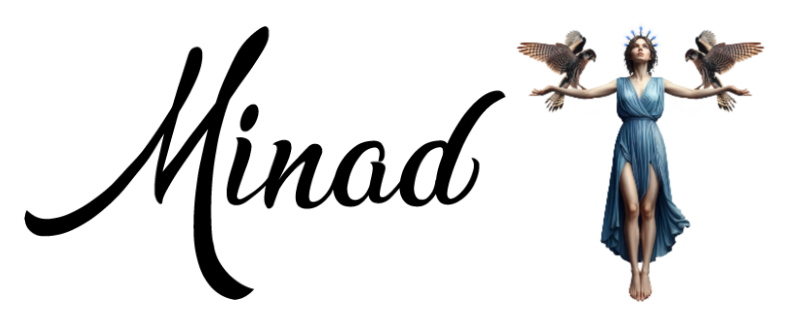What exactly Is This “Process”? Or the 6 Stages of Change
Since this word is used often, I am writing it out for those who want to understand why it is important and why the stages of the process cannot be skipped or circumvented.
Anyone who deals with themselves or engages in self-development often encounters this word. However, a process is essentially present in everything that is changing, whether it be product development or self-development.
Look at the diagram in the post. Print it or draw it on a separate sheet so that you have it in front of you. This way, it’s easier to follow which part of the process I’m talking about at any given time. It is also very helpful for those who work with people, in any field. And that’s why I want to share it, because it is not confined to one narrow field but applies everywhere.
The diagram comes from the model “The 6 Stages of Change” developed by the renowned psychotherapist Virginia Satir. You can find material about her on the internet. I also recommend her following books if you want to know more: “Conjoint Family Therapy,” 1964, “Peoplemaking,” 1972, and “The New Peoplemaking,” 1988. This model is still valid, and from my experience, I can confirm that it holds true for every client and my own processes. If you learn to observe it, it becomes easier to support changes in yourself and others and to use the necessary measures.
I will explain this model in my own words and based on my experience. Naturally, it can always be supplemented and expanded, but for clarity, I will take this graph as a basis. I remind you that each case also needs an individual approach. This is a base or foundation to investigate and recognize deviations.
Life’s course is always up and down. The question is not whether it is bad or good, it simply is. However, it starts to disturb when the intervals of oscillation up and down are too abrupt, frequent, or asymmetrical, or if everything is a dull, changeless flow, which in turn creates dissatisfaction.
Therefore, the first point is:
- Status Quo or Mapping the Current State – this is an honest and unfiltered description of how my life, body, and relationships are at the moment. What I feel, think, how I behave, what I avoid, how I react, don’t react (although I should), recurring patterns, recurring events, constant health problems, and so on. It is good to do this mapping in a free writing style, that is, just start writing on paper what comes to mind about the current situation—honestly and without embellishments. Shame or guilt may show up here; it is normal because beliefs about how it should be, shouldn’t be, or could be are triggered. The task is not to let oneself be disturbed by this and just continue writing as it comes. No one will read it, and I don’t have to show it to anyone either, so nothing actually, besides belief, prevents this. In other words, I am both the obstacle and the permitter. The choice is mine, the internal struggle is a natural part. From here, we reach the next stage.
- External Element, Trigger – something from the outside to which I react in my current state because it reminds me of something. It mostly reminds me of something forgotten, denied, rejected, unacknowledged in my own life story. It can be anything or anyone. Even the belief that I am not beautiful and then someone says that I am beautiful. I have never considered myself beautiful, neither inside nor outside. But why? Where does or what has caused this feeling, thought in me? A person is not born with such feelings and thoughts. It is always someone’s words, attitude, or projection towards me, that is, it comes from the outside. And now, someone or something appears in my worldview that claims something different (it can also be the opposite: something appears that confirms an old, ingrained experience). The external element is something new, a shaker, a boat-rocker, an irritant, a trigger, a reflector, etc. There are 2 ways to respond to it: resist the new or allow what is coming to appear and happen. The external is a push on the path of self-development (read: the path of becoming even more oneself), resistance to change is a protest that comes from distrust, fear of the unknown, assumptions, and expectations, which we often get stuck in. Resistance manifests, for example: constant arguing with everyone and everything, the attitude that everything is either black or white and there are no shades in between, physical symptoms: headaches, other pains, fractures, anger outbursts, anger or suppression of anger, numbing oneself with various means (e.g., alcohol, extremes, extreme behaviors), and oh my, what all a person is capable of inventing to resist. But if the resistance either breaks or is abandoned, the next stage follows: Chaos and Confusion.
- Chaos and Confusion or the beginning of changes. First, everything spreads out. We experience this feeling when the old way no longer works / cannot be and the new way is not yet known / not yet mastered. Such a place is like a simmering kettle or dough rising, and it is difficult to manage or understand – which in turn makes the analytical mind nervous, logic confused, and control almost impossible. There is only one solution here, to trust that change is being reset. It is not important that you cannot see exactly how, where, and what. My experience is always in the right direction and exactly where it helps me grow even more into myself, become more aware of my functioning, talents, tasks, etc. This part can last for a certain period. It is not known how long for whom. However, you can instinctively help yourself. Maybe you need more sleep than usual because fatigue has increased. Maybe you crave different food or a different eating plan. There are millions of possibilities here. You will recognize these yourself, and if you don’t, ask for help. This period is bittersweet, uncomfortable, emotional, and chaotic. That’s why a person instinctively resists it to avoid discomfort. Personal experience, however, is that the less you resist, the easier and faster you pass through it. Proper and adequate breathing, occasionally creating personal space, food, water, therapy, and friends are definitely helpful. These are very simple and accessible elements. Sooner or later, an insight or “aha!” moment occurs, and then you understand, see, and experience what was simmering in the pot during the terrible chaos and confusion! The next stage is integration.
- Integration is the time when the shift of change happens, that is, the old Status Quo no longer applies entirely or partially. It doesn’t matter how big the shift has been because every smallest change triggers the appearance of something new. Imagine two parallel lines that can go infinitely without ever diverging or converging. If one line is shifted even by a quarter of a millimeter (or an even smaller possible unit), as you draw the lines forward, at some point you will see either divergence or convergence (depending on which way the shift occurred). It’s the same with a person – a shift is a shift, that is, a change, and it needs integration, that is, getting used to the new, until I accept that new something for which there was also an insight. Now it can begin to change. Although the change has long begun, now it can be done consciously, it is visible, measurable, manageable, and tangible. Now begins the time of practice.
- Practice or practicing the new in real everyday life. For example, fear of feeling sad, crying in front of others (no one should see me as weak, vulnerable). In this stage, it is important to practice daring to express sadness even when someone else is in the room. This doesn’t mean you have to make a drama out of it, but that you dare to let a tear fall or say your feeling in words. Of course, there are individuals who might make some critical remark, but that’s exactly the point of training or practice. I am enough even if others don’t like it. I have the right to express, feel, and share myself. If someone doesn’t like it, then you are his trigger, an external element, and something else. That’s how the dynamics between people work, and when the practice has been done sufficiently, the turning point comes, that is, it becomes your new natural part. Reactions, behavior, and feelings have changed, and you don’t even notice it anymore, that is, you have reached the next stage.
- New Status Quo or the new current state, and it lasts until the next trigger. Welcome to the changed You, Me, and Us. Next journey, please. 😊
In this article, I rely on Virginia Satir’s research on the “6 Stages of Change” and similar recurring personal experiences with myself and clients. So far, this graph has proven to be true every time. I hope you find it useful in your work, self-development, or any field of life.
Recommendation to also read the article: “Where Are My Human Wings? And I’m not talking about angels but growing into oneself.” The direct link to the article is here: https://minad.ee/en/where-are-my-human-wings-and-im-not-talking-about-angels-but-about-growing-into-oneself/

